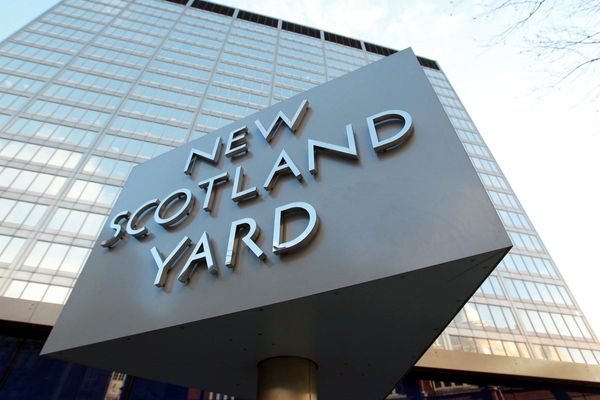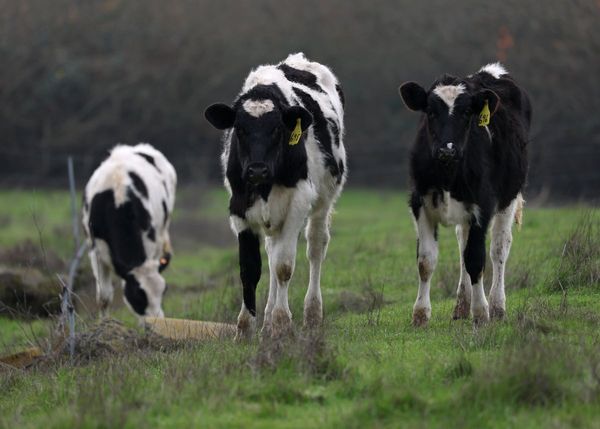
Sustainability has been the mantra of the times, with consumers turning to ethical fashion, reusable food packaging and green energy to do their part to tackle climate change.
But the pandemic has thrown much of those efforts into disarray. Not only has online spending on fashion, beauty and household goods soared, but the construction boom is generating tens of millions of tonnes of masonry debris, and safety measures — from plastic-laden face masks to disposable coffee cups — have fuelled Australia’s rubbish crisis.
In this three-part series, Crikey will explore how the pandemic has created an explosion of rubbish — and what we can do about it.
Where’s all the waste coming from?
The pandemic put a pause on reusable supermarket bags, trendy keep cups and second-hand markets. After decades of campaigns to change our behaviour, we’ve reverted to bad habits to follow health and safety advice.
But as the pandemic eases, there are concerns the bad habits might be here to stay. Although household waste had steadily decreased over the past 15 years, a report from Infrastructure Australia found there had been a 20% increase across 2020.
The latest national figures show that in 2018-19, Australia generated an estimated 74.1 million tonnes of total waste or 2.94 tonnes each person, an increase from 2.7 tonnes in 2014-15. Most of this came from construction waste, followed by organics, ash and hazardous waste. There were 2.5 million tonnes of plastic waste produced that year.
After surges in online shopping, a construction boom and reliance on takeaway across the pandemic, those figures are likely to rise. Globally the pandemic has created more than 8 million tonnes of extra plastic waste. More than three-quarters of that comes from hospital waste –personal protective equipment including face masks, gloves, and face shields — followed by online-shopping packaging.
Standard at-home rapid antigen tests have 10 grams product — just four grams of which are the actual test. The rest is made up of non-recyclable plastic. Sterility is necessary for the test, but it shows how much plastic COVID-19-related medical items generate.
Some of Victoria’s aged care facilities in Melbourne’s 2020 winter outbreak reported a 100-fold increase in clinical waste, with some filling 12 240-litre bins a day rather than the usual one bin a week.
How have our habits changed?
Associate professor of marketing at Melbourne University Daiane Scaraboto tells Crikey it was tough for many consumers to switch to single-use plastic.
“There were certain things we could no longer avoid, like disposable masks (before cloth ones were readily available) or plastic grocery bags from supermarket delivery,” she said.
“Habits form very quickly, and we get used to the convenience of things being simple and easy. It’s a whole new process to make an additional effort — to remember to wash and bring your reusable bags, to bring your own containers to restaurants.”
But many Australians have an eco-conscious mindset. Cafes and restaurants initially turned to plastics they could get cheaply and quickly, but many soon turned to compostable containers following consumer demand, Scaraboto said.
This has been fuelled by Australia’s 2025 national packaging targets to use 100% reusable, recyclable or compostable packaging. In 2018-19, 11,000 tonnes of packaging in Australia was certified compostable plastic. About 90% comes from festivals and community events.
But while restaurants might be paying attention, food manufacturers aren’t. One World Wildlife Fund Australia survey found in 2021 just 16% of popular supermarket food products came in containers that could be recycled at home; another 55% had to be taken to a collection point.
Recyclable plastic also isn’t being recycled correctly, Clean Up Australia chairman Pip Kiernan says. In an average home recycling bin in 2018-19, 13% of materials were contaminated — consisting of non-recyclable items.
This, Kiernan says, is called “wish cycling: things we think should be able to be recycled, we put in the wrong bin and can lead to extra items being lost to landfill”.
Where’s all this ending up?
Globally across the pandemic an estimated 25,900 tonnes of plastic ended up in oceans.
“Our volunteers are seeing more pandemic waste in the environment,” Kiernan said, a lot of which was disposable face masks.
But she says many younger Australians are looking for sustainable solutions: at the start of 2020, more than 10 million keep cups had been sold around the world.
Kiernan says it is important for consumers to do their research. The Good On You app rates brands based on sustainability and ethical production, and shoppers should focus on brands that use recyclable or compostable packaging.
Purchasing new items isn’t the most sustainable way of living, no matter how green an item seems. Buying second-hand and reusing is, she says.
Thursday: how the building boom has changed the waste crisis.
Have you quietly stopped doing the right thing during the pandemic? Let us know your thoughts by writing to letters@crikey.com.au. Please include your full name if you would like to be considered for publication in Crikey’s Your Say column. We reserve the right to edit for length and clarity.







